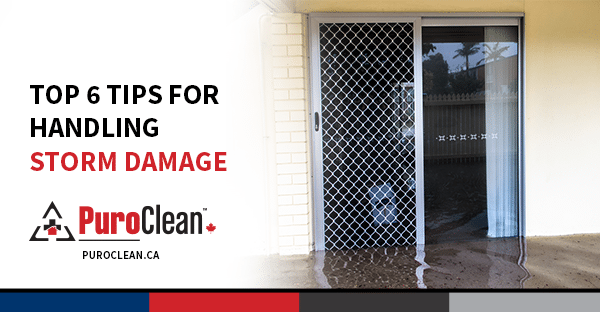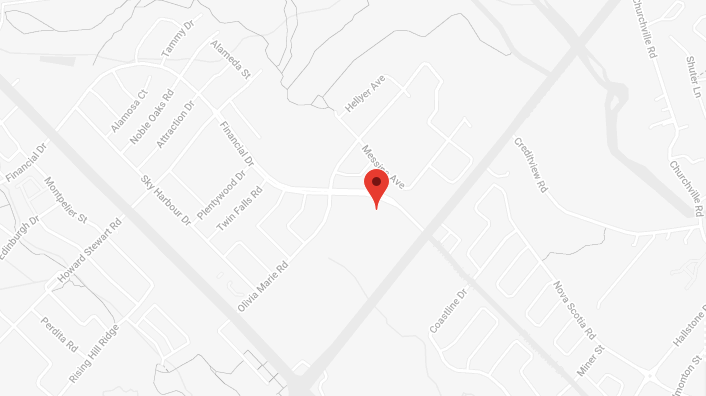The PuroClean Blog
Top 6 Tips for Handling Storm Damage
 Restoring a water-damaged home is a difficult process, but following several guidelines can make it easier. After water or storm damage, the property owner should immediately take action to prevent further losses. Here’s what to do to bring a property back in order after flooding or storm damage:
Restoring a water-damaged home is a difficult process, but following several guidelines can make it easier. After water or storm damage, the property owner should immediately take action to prevent further losses. Here’s what to do to bring a property back in order after flooding or storm damage:
- The insurance company should be contacted as soon as possible. Property owners should take photographs of the damage and show them to the agent. Receipts should be kept if staying at a hotel or buying home repair materials, in case these expenses are covered by the insurance policy.
- Pipes should be checked inside and outside the home. If necessary, the home’s water supply should be shut off from the master valve. In case of sewage backup, sinks or toilets must not be used. A professional should be contacted to fix plumbing problems.
- The roof should be checked for damaged or missing shingles. If only a few shingles are missing, the area should be covered with a plastic garbage bag or caulked for a temporary fix. Larger areas of ripped tarpaper or wood can be covered with a tarpaulin, but calling a professional to fix the roof is the wiser choice.
- Appliances exposed to water must be disconnected and should be serviced before using them again. In case of sparks or frayed wires, or even wires that have been submerged in floodwater, an electrician should be contacted right away. The power should be turned off from the main circuit breaker until all electrical issues are solved.
- If an automobile is damaged after the storm, the insurance broker should be notified. Broken windows should be covered if the car seems salvageable. The items in the car that have been damaged or lost should be listed.
- The best plan to restore a home after water damage is to call a professional restoration company. Here are some things to do until the professionals arrive:
- Wear boots, gloves, eye protection, and a respirator to avoid contact with contaminants.
- Keep a photographic or video inventory of anything you must discard.
- Remove porous items that have been contaminated by floodwaters, such as carpeting, carpet padding, furniture, and drapes.
- Throw away all medicines, cosmetics, and foods (even canned goods) that have been submerged in floodwater.
- Wash floors and cabinets with detergent.
- Disinfect them with a solution of one part bleach and 10 parts water.
Learn more about the causes of basement flooding in this article and check out how to prevent water damage on hardwood floors here. The PuroClean team stands ready to provide professional restoration services to any property affected by fire, water, or mould damage.
May 26, 2017


